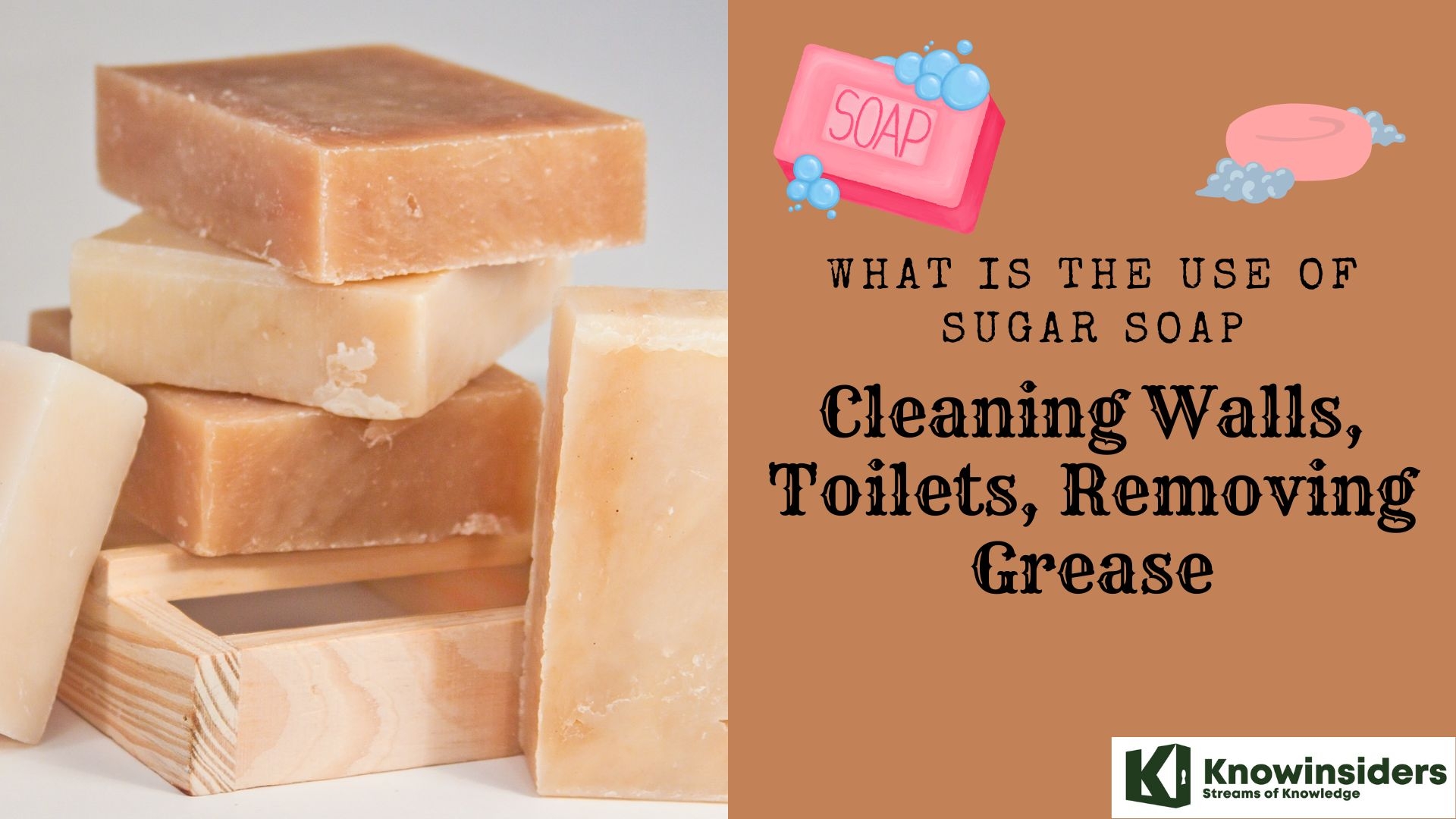How to Safely Dermaplane At Home for A Younger-Looking Skin
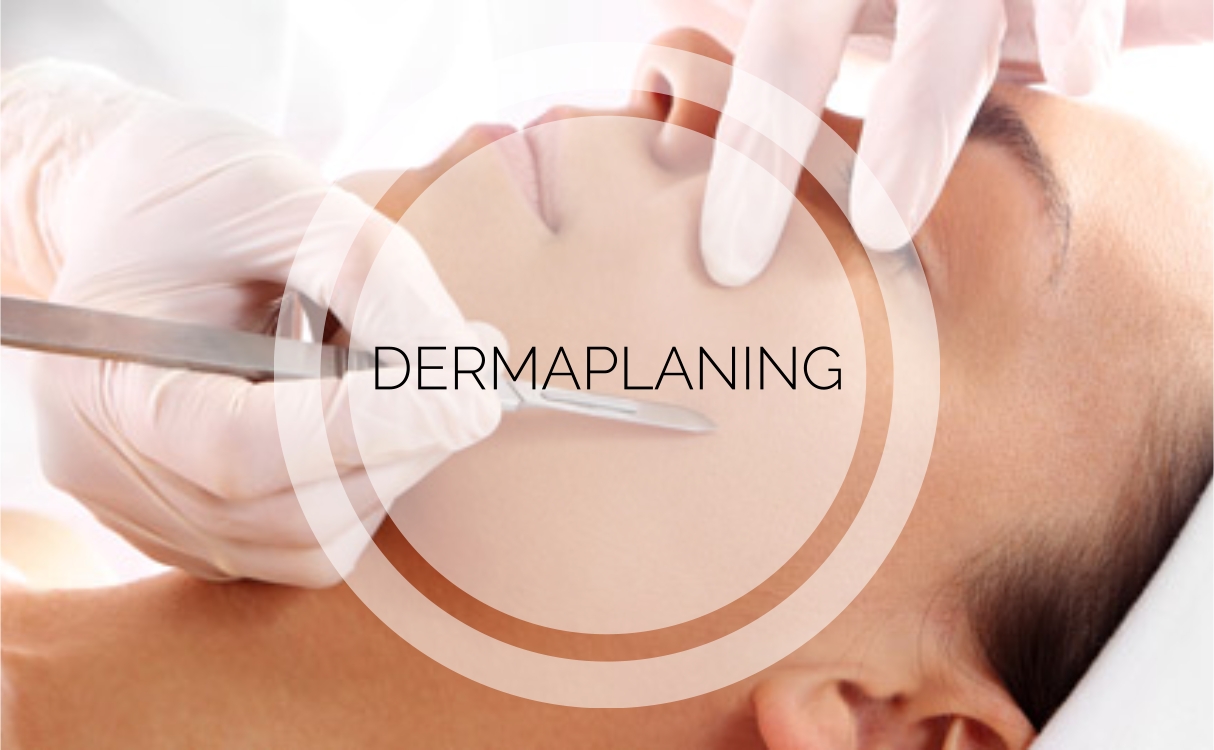 |
| Dermaplane is a hot skincare trend in 2020 when this super effective exfoliating treatment can bring us bright, luminous skin surprisingly easy and pain-free. Photo: Scottish Beauty Expert |
Dermaplane your face: what exactly is this scientific-sounding procedure?
Dermaplaning is a clinical name for shaving. Simply put, it’s a skincare treatment that removes dead skin cells and vellus hair, a.k.a. peach fuzz, using a sharp, sterile blade in gentle upward motions, More cites.
According to a cosmetic surgeon and skin expert Dr. Jonquille Chantrey, "Dermaplaning cleverly triggers the cell regeneration process," allowing skincare products and treatments to soak into the skin more easily and perform much more efficiently.
Not only does this powerful exfoliating procedure get rid of flaky patches and peach fuzz that traps debris and oils, giving the skin a dull look, it also instantly improves skin texture and tone for a brighter, smoother, glowing, and more youthful makeup canvas, Byrdie cites. You can also expect “fewer wrinkles and dark spots, reduction of acne scarring, and the removal of fine facial hair," says Stacked Skincare founder Kerry Benjamin.
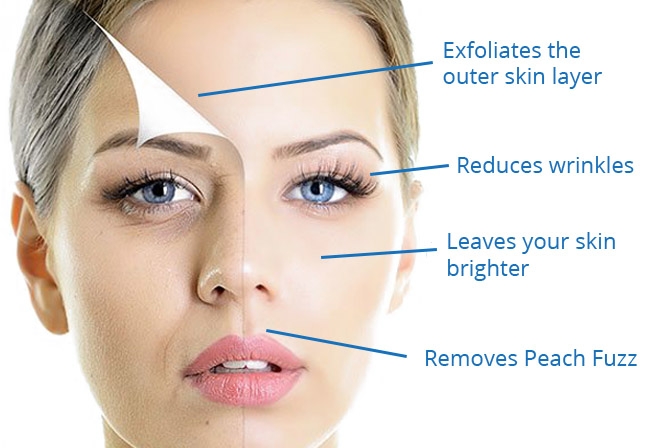 |
| Dermaplaing can give you younger-looking skin. Photo: Before the lines |
Is dermaplaning safe?
Won’t shaving your face leave you with thicker, coarser hair than before? Experts are adamant about the fact your hair won’t grow back thicker.
“While I understand that this sounds controversial, shaving your hair does not make it grow back thicker or darker,” Benjamin says. “You aren’t changing the structure of the follicle.” She says that your actual hair follicle sits deep under the skin—when you shave, you’re cutting the hair off at the base, which might be thicker than the ends. You aren’t messing with the follicle itself, which means your hair will grow at the same rate, width, and texture as before.
Another expert, Kunin, agrees, adding, "It is a myth that shaving causes hair to grow back thicker and darker, so as with shaving, dermaplaning does not cause a textural change to hair regrowth", as cited by Byrdie.
However, as what we said, a dermaplaning tool is basically a knife sliding against your skin, so you need to be really careful with how you do it!
To get achieve the most dermaplaning benefits follow the instructions below.
Guide to safety dermaplaning at home in 7 steps
Step 1. Purchase the dermaplaning tool
You will need the correct facial razor to complete the dermaplane facial. You have three options when it comes to razors: 1) a normal women’s razor you'd use on your legs (just make sure it’s not actually the one you use on your legs), 2) a women’s facial hair trimmer, or 3) an eyebrow shaper.
Step 2. Wash your face
Get your skin ready by cleansing with a gentle cleanser to ensure all makeup and oils are removed from the skin.
Rinse and dry your face.
Step 3. Apply a gel, face oil, or lotion (optional)
Apply a thin layer of gel, face oil, or lotion on your face.
We recommend a sweet almond, apricot, or jojoba oil to allow for the blade to glide easier on the skin with less irritation.
Some people prefer not to apply anything. It's a matter of personal choice.
Step 4. Downward strokes
Wet the dermaplaning blade in warm water and then start with downward strokes – start shaving with the hair growth. It's important to have the correct angle for the best results.
Use short strokes at a 45-degree angle and don’t forget to use a mirror as face shaving blindly is not really a good idea!
Step 4. Rinse and repeat
 |
| Photo: The Grommet |
Rinse the dermablade frequently to dislodge the dead skin cells and the fine hairs on it. Thoroughly make your way through the different sections of your face targeting:
- forehead temples
- cheeks
- eyebrow area
- sideburns
- upper lips
- chin
Step 5. Repeat again
Once done, go over your face again, this time against the hair growth. This provides a greater exfoliation effect on the skin. Remember to continue to stroke the blade against the skin at a 45-degree angle.
Step 6. Splash and cool off
Finish off by splashing your face with cool water and pat dry.
Step 7. Apply your favorite serum
The skin is most receptive to skincare and topicals immediately after dermaplaing. It’s more permeable than normal because of the pathways the procedure has created, Jasclair Skincare cites. The exfoliated skin paves an easier path for the nutrients to absorb into the skin for maximum benefits.
During this small window, which is usually the first 1-5 minutes after treatment, is your opportunity to pass nutrients down to your cells in the lower skin layers. At this point, apply your favorite serum or moisturizer to your face.
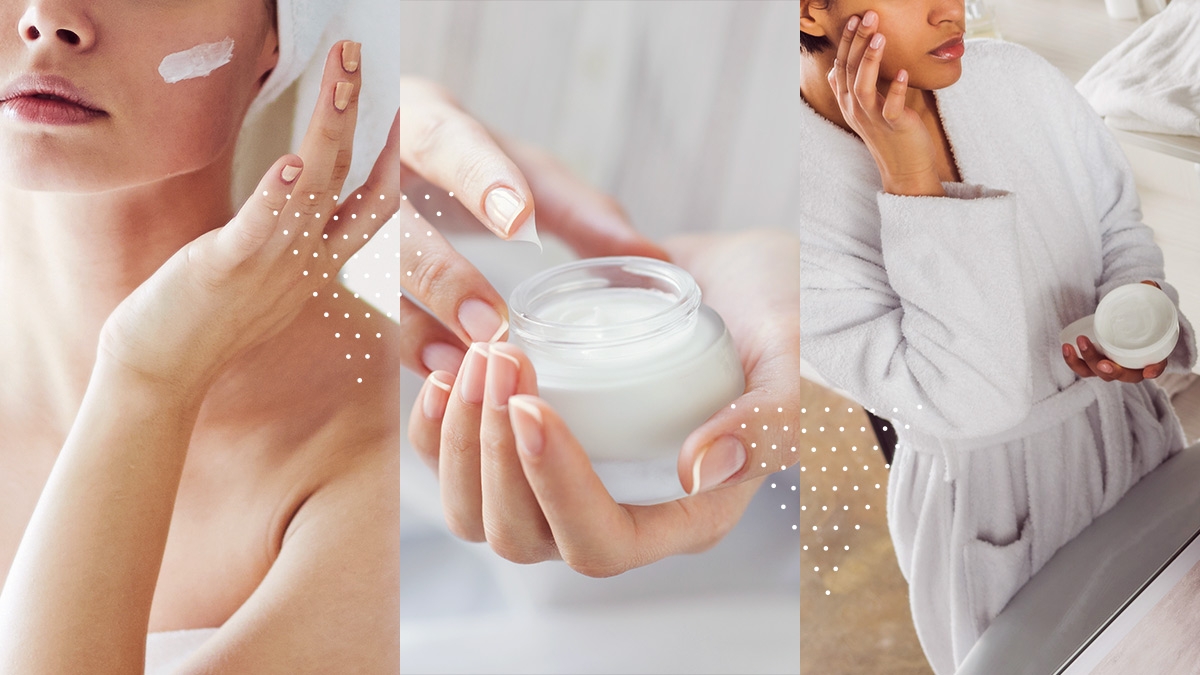 |
| Apply your favorite serum or moisturizer after dermaplaing. Photo: Cosmo.ph |
Will dermaplaning cause breakouts?
Quite the opposite, actually. A buildup of dead skin can clog your pores and hair follicles, which can not only cause pimples but also block your skincare products from penetrating the skin, which is why exfoliation is essential for maintaining an even, healthy glow. But like I said, if you already have an existing breakout, you’ll unfortunately need to sit this treatment out, according to Cosmopolitan.
Dermapling your face: Before and after tips
Dermaplaning can keep your skin looking bouncy, smooth and supple; baby’s bottom anyone?
As with any cosmetic procedure, diet, lifestyle choice, etc, there are some things you can do to get the most of the dermaplane experience. When you are dermaplaining, make sure to use your thumb and index finger to pull about an inch or two of your skin taut. This will keep your skin tight, and prevent accidental cuts. For sterile purposes its recommended to throw away the blade after each use however, you may use it until it gets dull
After treatment, avoid excessive physical activity that makes you sweat. Avoid direct contact with the sun for 48-72 hours on the applied area. Avoid applying cosmetics immediately after use.
Wear sunscreen daily. It should be skincare second nature, but just in case you weren’t aware, it is the best daily anti-ager in your arsenal. Find one with at least a 15+ protection and reapply as necessary throughout the day and/or before prolonged UVA/UVB exposure.
Also, make sure to use a gentle daily cleanser. See how to wash your face in the right way here.
| When and how often to dermaplane? Many people, especially new users, believe that the more often they undergo the procedure, the better. This is the exact opposite of what really happens. On average, your skin takes about 1-2 weeks to repair and rebuild. Undergoing the process again before the skin is healed, interrupts the healing process, and makes the dermaplaning process not as effective. So, please try and wait it out and evaluate the condition of your skin before undergoing the process again. |
 Super Easy Tutorial to make Cool Knotless Braids - top Braid trends for 2021 Super Easy Tutorial to make Cool Knotless Braids - top Braid trends for 2021 The term "knotless braids" is up 150% in search on Pinterest this year and turns into a cool protective hairstyle 2020 with the knotless method ... |
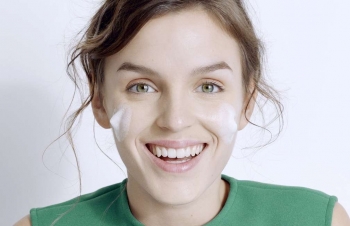 How to Wash Your Face in the Right Way? How to Wash Your Face in the Right Way? The act of washing your face seems pretty simple and straightforward, right? As it turns out, this task isn’t as mindless as most people tend ... |
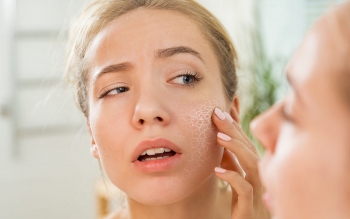 TIPS to prevent and care for dry skin in Winter TIPS to prevent and care for dry skin in Winter Treatment dry skin at home: Winter and skin are not the best of friends. As the temperatures continue to drop, the dry environment and lack ... |


